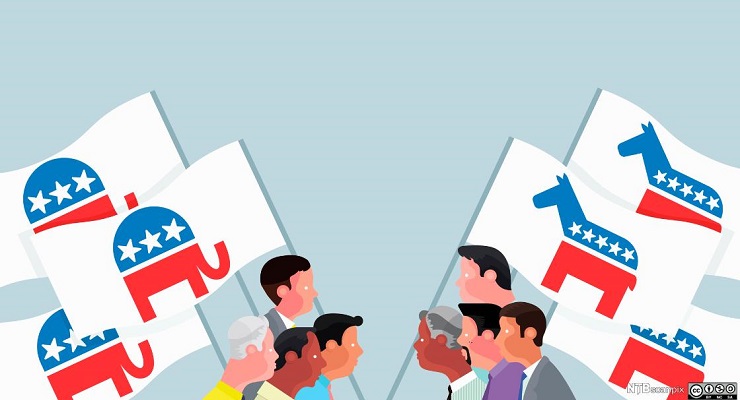
The United States of America runs a multi-party democratic system of politics. However, two parties have dominated politics in the country, the Democratic and Republican parties. While some have seen great merit and advantages in this de facto two-party system, recent events tend to demonstrate that it is a system that is breeding polarization. This article by Lee Drutman is published by Five Thirty Eight. Here is an excerpt:
As the “Big Lie” of a stolen election continues to dominate the Republican Party, GOP-controlled states enact restrictive voting laws and pursue preposterous election audits, aspiring candidates embrace the fiction of a stolen 2020 election, and a majority of GOP voters still believe Trump is the “true president,” the obvious questions follow: Where is this all headed? And is there any way out?
In one telling, the Republican Party will eventually come back to its senses and move past former President Donald Trump and Trumpist grievance politics, especially if Republicans lose a few elections in a row and realize that it’s a losing strategy. But there’s another possible outcome: More contested elections, more violence and, ultimately, a collapse into competitive authoritarianism enabled by electoral advantages that tilt in one party’s favor.
Trump and his particular style of party leadership are easy and obvious targets to blame for the decline of American democracy, as well as the Republican Party’s increasing illiberalism. But if Trump was transformative, the more important question is: Why was he able to succeed in the first place?
Continue reading here.
Leave a Reply